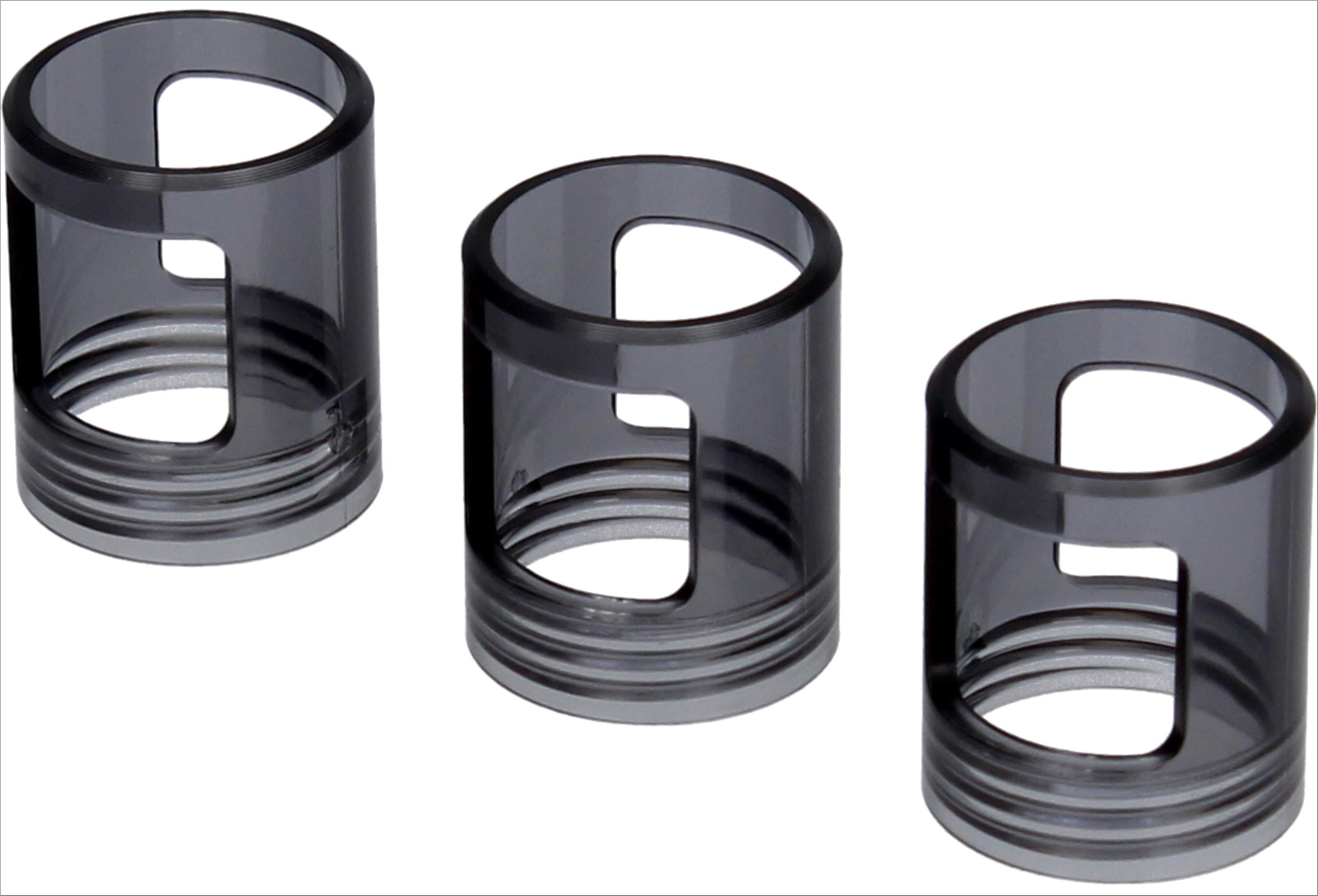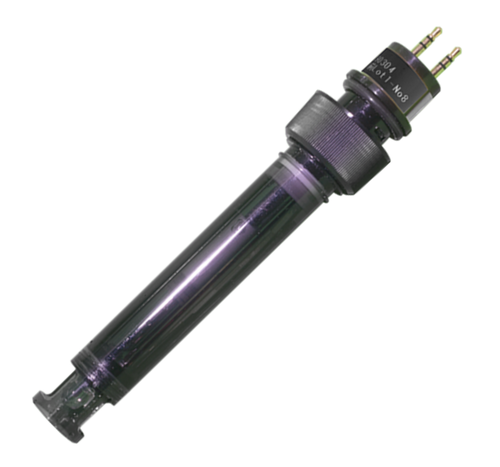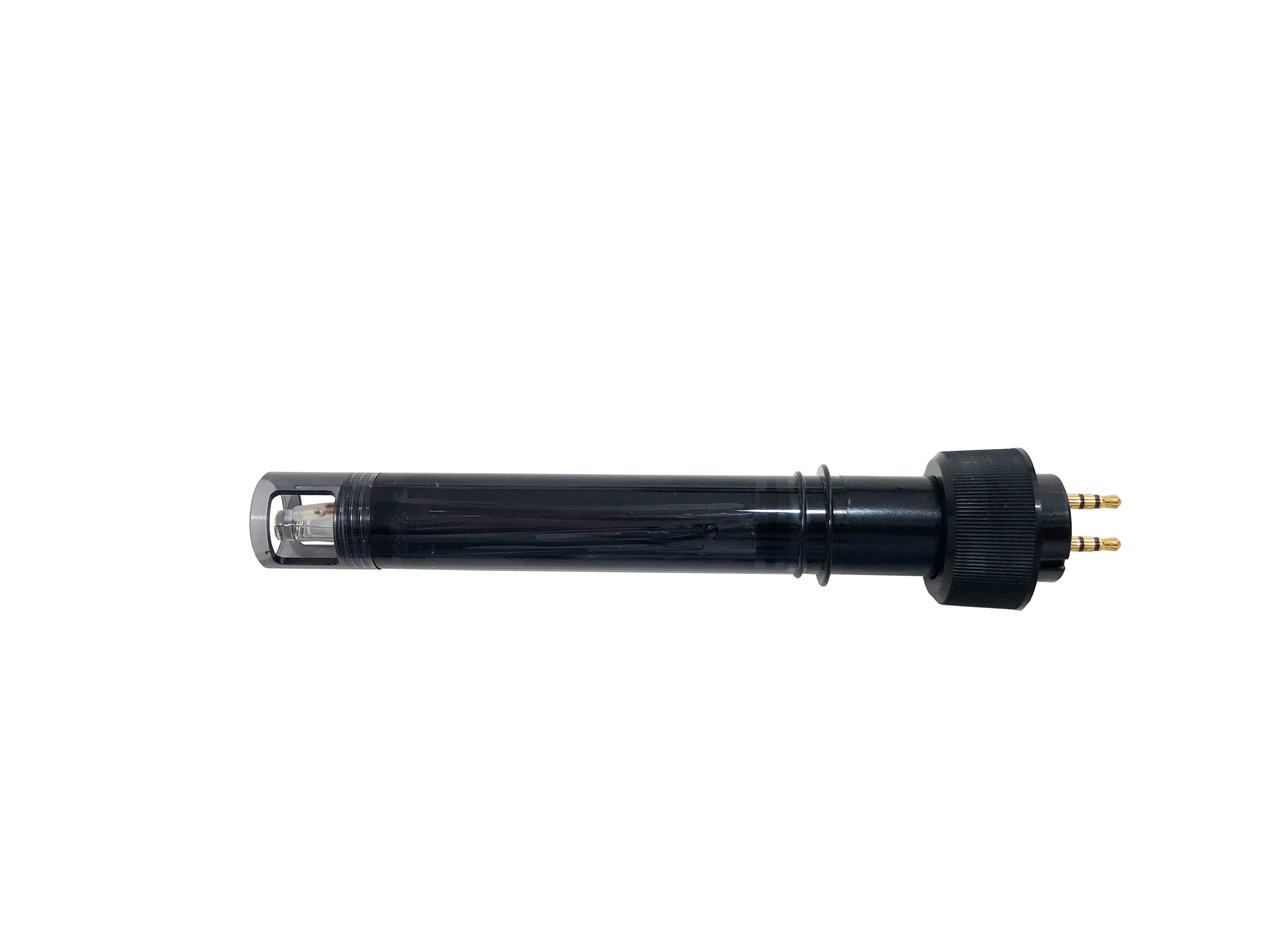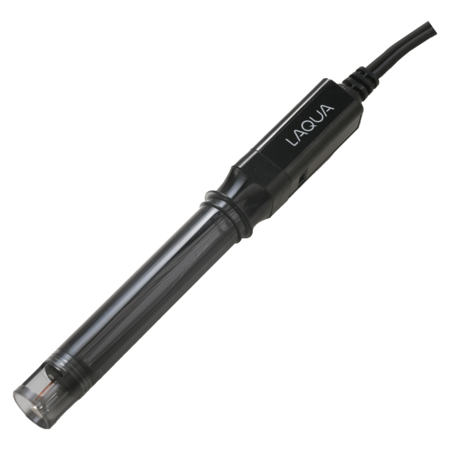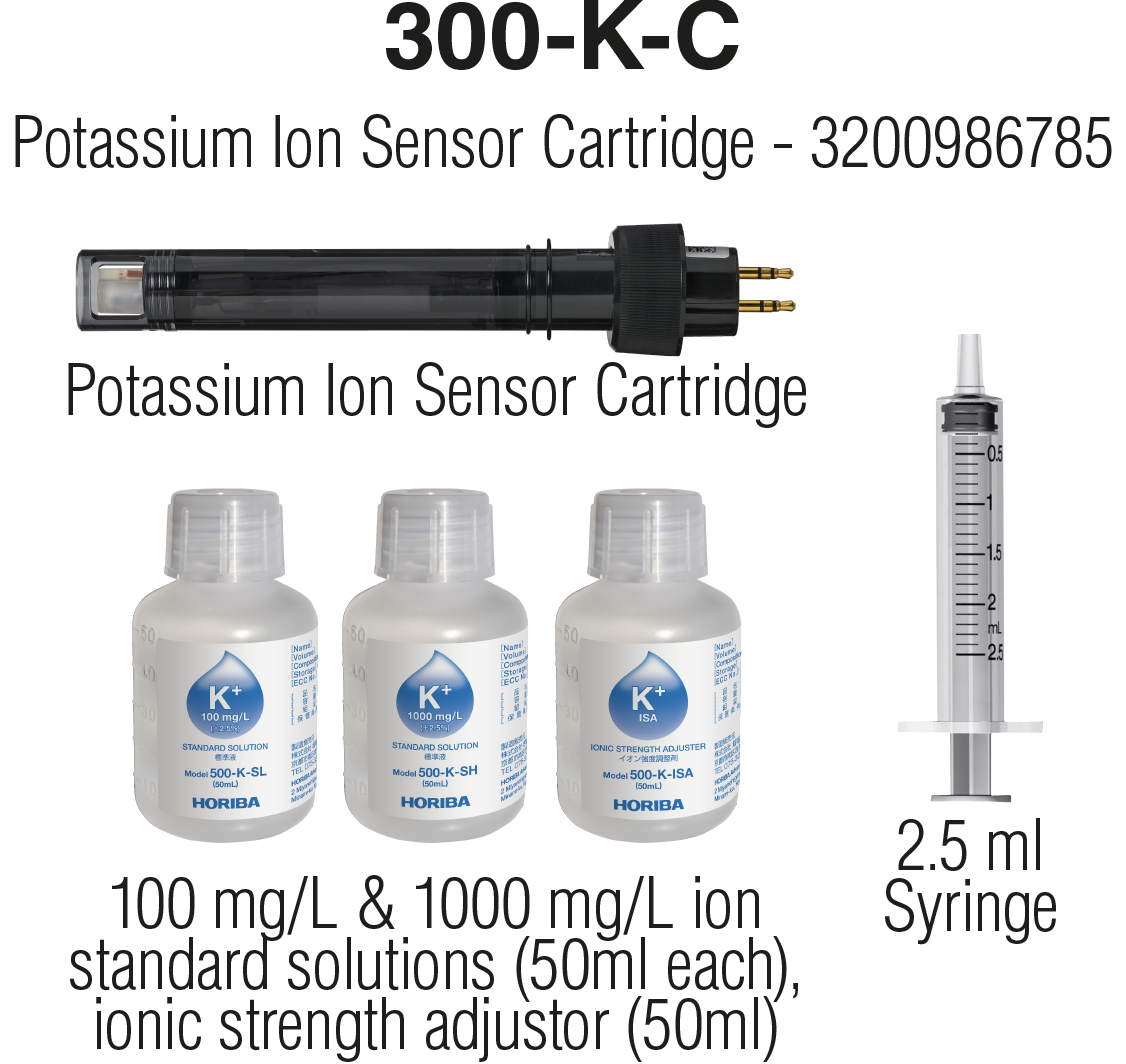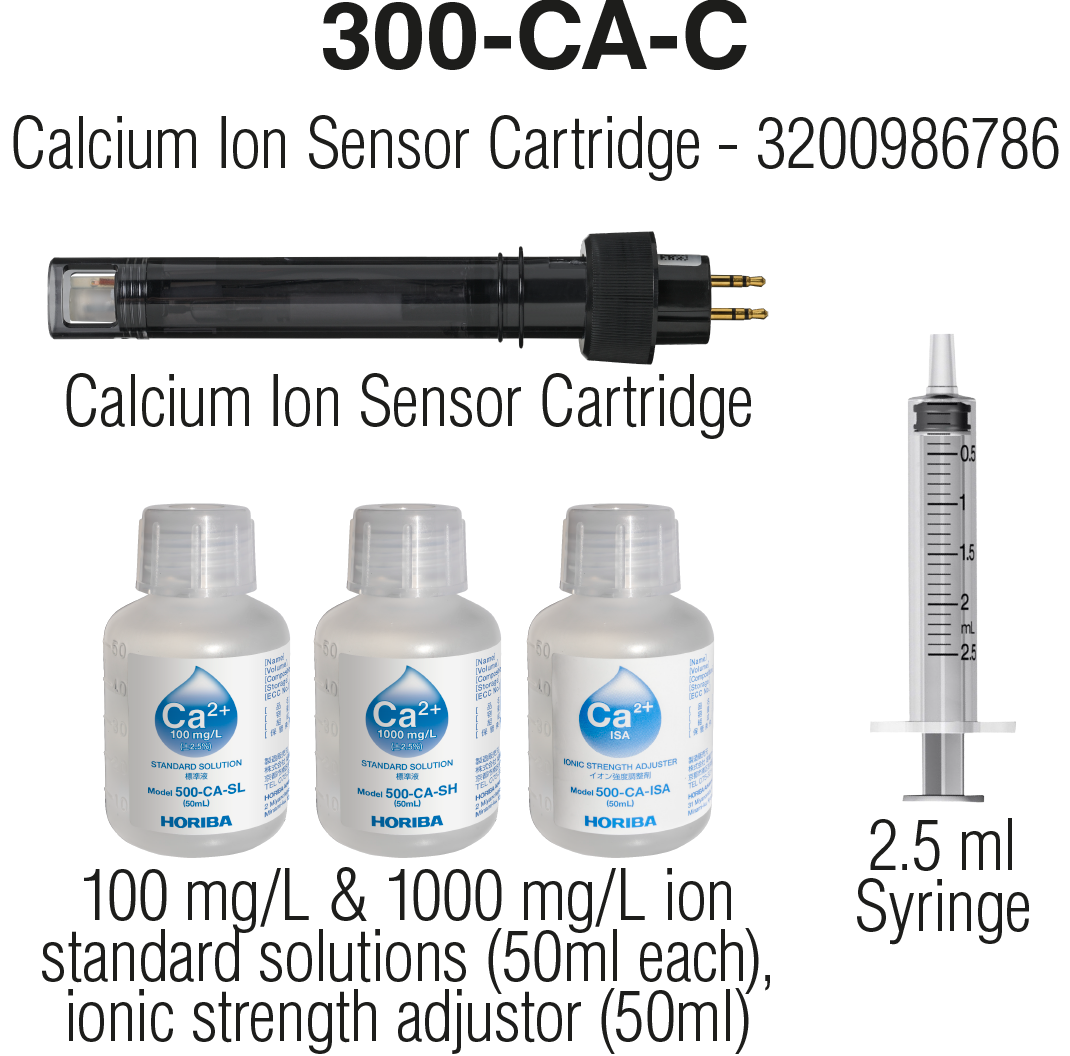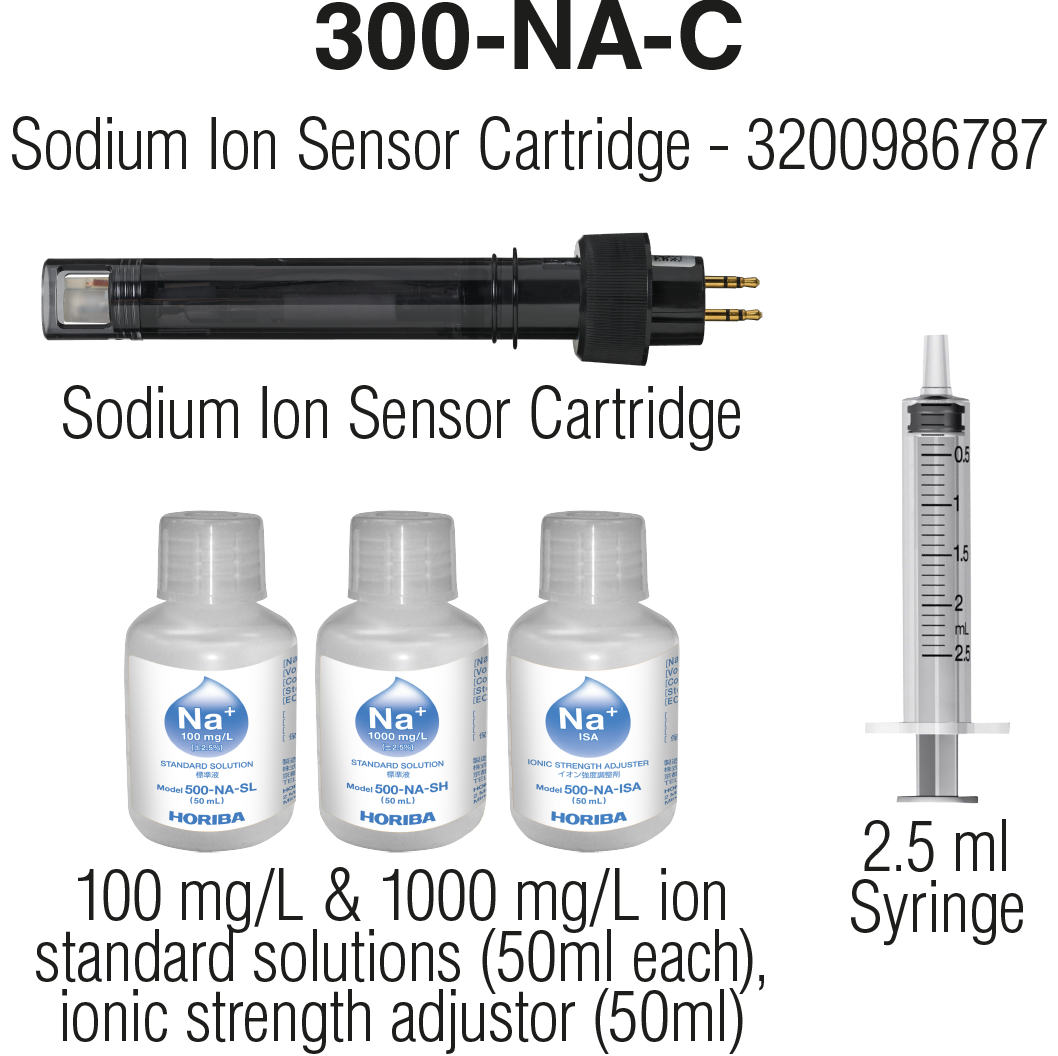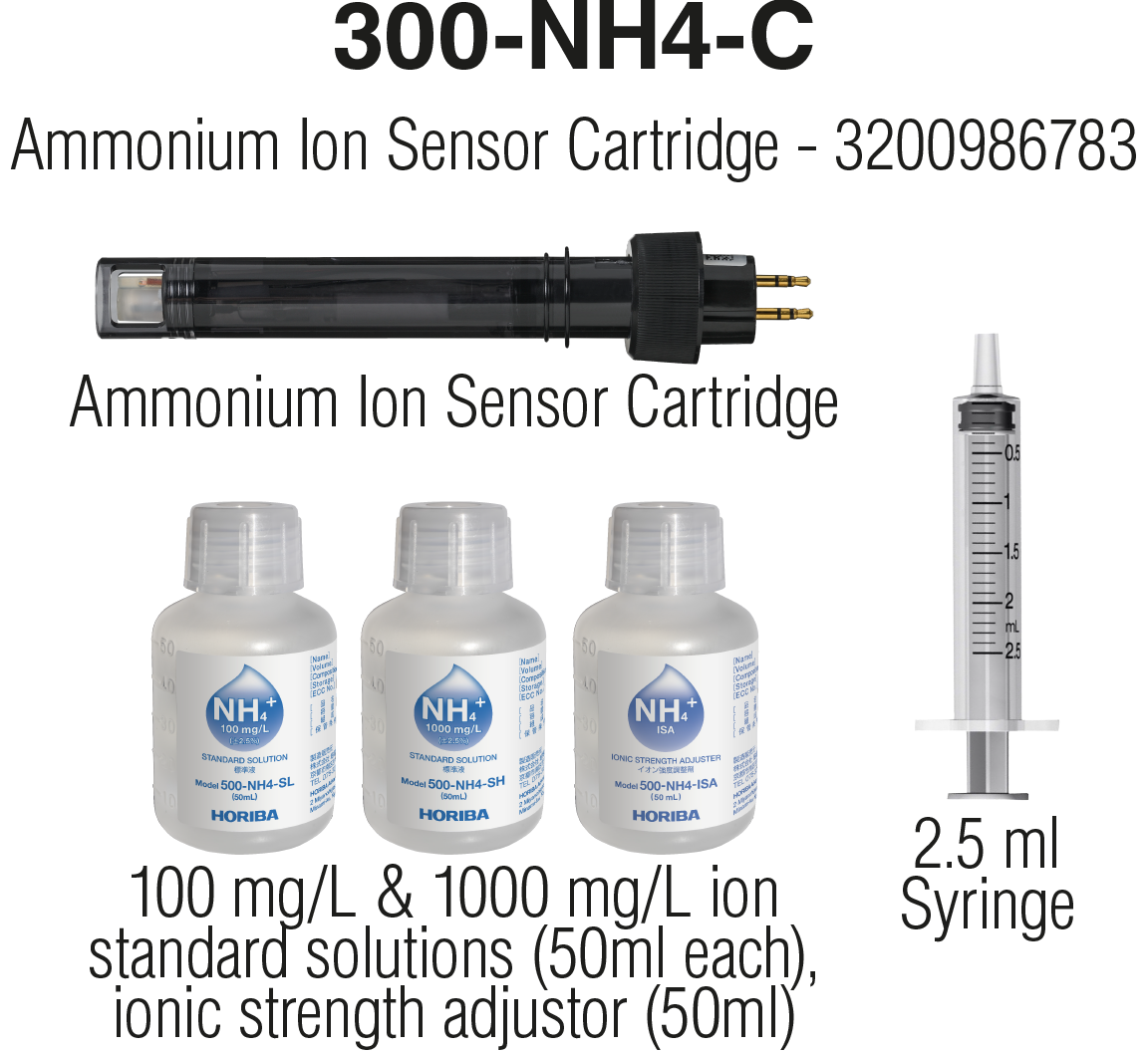Horiba electrode tip protector (black) – set of 3

€28.56*
Please log in to receive your conditions.Available in 28 days, delivery time 1-2 days
(Login for quotation) The entered number of pieces will be taken into account when creating the offer.
Product information "Horiba electrode tip protector (black) – set of 3"
The black electrode tip protector from HORIBA provides reliable protection for the sensitive glass membrane at the tip of various electrode models. Ideal for storage, transport or safe use in everyday laboratory work, this protector prevents mechanical damage and extends the service life of the electrode.
Compatible electrode models:
- 9652-10D
- 9652-20D
- 300-P-C
- 300-O-C
- 9301-10D
- 300-NO₃-C
- 300-K-C
- 300-CA-C
- 300-NA-C
- 300-NH₄-C
Manufacturer article number: 3200828646
Dimensions
| Height | 2 cm |
|---|---|
| Length | 9 cm |
| Width | 11 cm |
Weight
| Weight | 20 g |
|---|
Other attributes
Empfohlenes Zubehör

